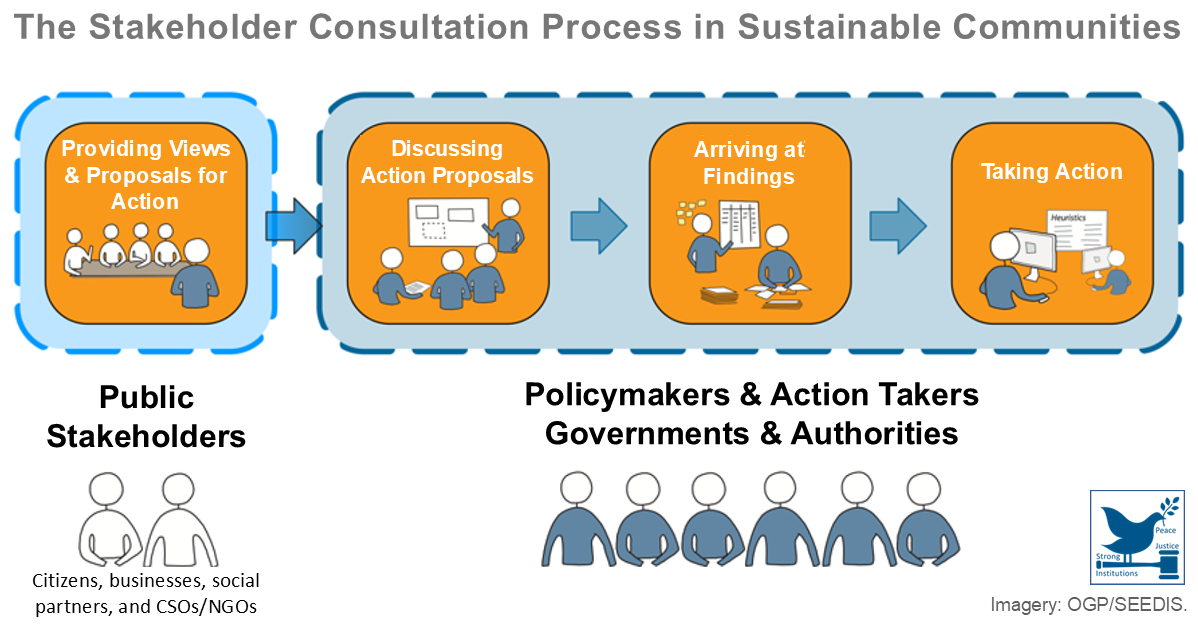Kivi, Rose. "How Does Nuclear Energy Affect the Environment?". Sciencing. March 24, 2022. https://www.sciencing.com/...
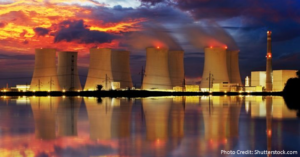 Nuclear energy is propagated by science, companies, and governments as a source of clean energy source, as opposed to CO₂-producing plants. However, the effects nuclear energy has on the environment pose serious threats that cannot be ignored or greenwashed. The principal environmental and safety concerns are CO₂ emissions, low-level radiation, millennia of radioactive waste for 30 years of energy generation on average, cooling water system discharge that kills fish and plant life, and the threats of nuclear power plant accidents and terrorism. Satisfactory solutions have not been found despite the attention these issues have been given for over 80 years.
Nuclear energy is propagated by science, companies, and governments as a source of clean energy source, as opposed to CO₂-producing plants. However, the effects nuclear energy has on the environment pose serious threats that cannot be ignored or greenwashed. The principal environmental and safety concerns are CO₂ emissions, low-level radiation, millennia of radioactive waste for 30 years of energy generation on average, cooling water system discharge that kills fish and plant life, and the threats of nuclear power plant accidents and terrorism. Satisfactory solutions have not been found despite the attention these issues have been given for over 80 years.
Posted on 08/11/24
Recent Abstracts

German Politicians Affirm Rejection of Nuclear Power in EU Sustainable Finance Taxonomy
Germany's environmental minister from the Social Democrats (SPD), Svenja Schulze, has affirmed that the country will work towards excluding nuclear power from the EU taxonomy for sustainable investments. She says that they don’t want nuclear energy, don’t think it’s sustainable, and don’t want the EU to support it. T ...
Posted on 08/11/21
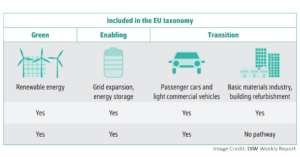
The EU Taxonomy
Different standards and metrics make it difficult for investors to compare green investments. The EU taxonomy establishes a standardized and transparent system for classifying and investing in sustainable economic activities. The taxonomy operates on the project level and the firm level. The project level considers t ...
Posted on 08/11/21
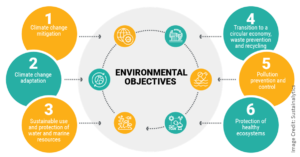
EU Taxonomy for Identifying ‘Sustainable Economic Activities’
The EU taxonomy is a classification system that establishes a list of six "environmentally sustainable economic activities". It defines which economic activities are deemed to be environmentally sustainable to help the EU scale up the needed "sustainable investment" to become "climate neutral" by 2050. Unclear defini ...
Posted on 08/11/21
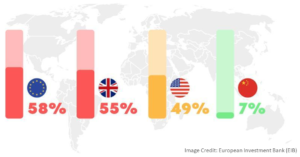
On Climate Change, Government Trust Desperately Needs to Be Restored
75% of EU citizens are more concerned with the climate emergency than they think their government is. Around half say the difficulty in solving the climate crisis is mainly because of government inactivity. Most consider climate change the biggest challenge of this century and believe that a radical change in habits ...
Posted on 07/11/21
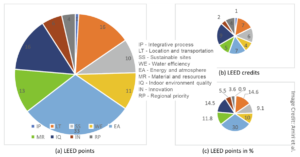
Embodied Emissions of Buildings – A Forgotten Factor in Green Building Certificates
As a points-based green certification, LEED assigns 110 points – the highest level, platinum (80 + points), accredits only 3 out of a total of 110 points directly to embodied emissions. In BREEAM, 12 points (8%) are directly related to material selection, of which 5 points (3%) are based on life cycle assessment (LCA). ...
Posted on 06/11/21
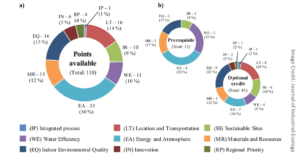
BREEAM and LEED Green Certification Schemes Are ‘Meaningless’ Says Andrew Waugh
Environmental certification schemes such as BREEAM and LEED focus largely on operational emissions rather than CO₂ from the construction supply chain. However, embodied carbon emissions comprise around half of all emissions from buildings. The certification systems focus chiefly on operational carbon. Where 3% of th ...
Posted on 06/11/21

The Green Brief: Gas, Nuclear and the EU Taxonomy Saga
The European Commission must determine which economic activities in the EU can be labeled as a sustainable investment based on their meeting strict environmental criteria. It is expected that the Sustainable Finance and EU Taxonomy will define nuclear power as a “green”, “transition”, or even an "amber" technology. T ...
Posted on 04/11/21
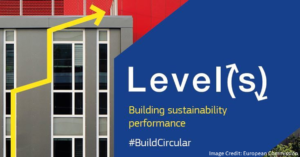
Level(s)
Level(s) specifies technical screening criteria for investments in the built environment that support the EU’s objective to reduce the whole-life carbon impact of new buildings. It is part of the Sustainable Finance and EU Taxonomy package that defines activities that contribute significantly to climate change mitigat ...
Posted on 04/11/21
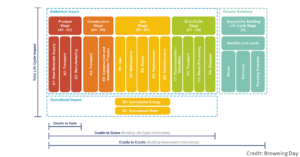
Why It’s Time to Get Serious About Embodied Energy
Embodied energy is the energy consumed by all processes associated with the production of a product – from the mining and processing of natural resources to the manufacturing, transport and delivery of the finished product. It is the energy consumed in the extraction of materials and production of the products used to ...
Posted on 03/11/21

WWF and Greenview Collaborate with Hotel Industry to Develop a Methodology to Measure Waste across Hotel Chains
The Hotel Waste Measurement Methodology provides a common approach for the hotel industry to collect data, and measure and report food waste. The measurement methodology allows major brands and individual properties to set meaningful goals to reduce food waste, keep food out of landfills, and track progress over time ...
Posted on 02/11/21

Gaseous Emissions from the Combustion of Biomass Pellets
Biomass is considered a sustainable energy source with significant potentials for replacing fossil fuels and electricity for heating purposes. However, present residential wood combustion can be a significant source of ambient urban air pollutants such as hydrocarbons and particulate matter. The majority of the wood- ...
Posted on 31/10/21
COP26 Climate Summit: A Scientists’ Guide to a Momentous Meeting
During COP26 – the 26th UN Climate Change Conference of the Parties – government officials and business leaders will present their latest commitments to cut greenhouse-gas emissions. Scientists will also discuss efforts to track emissions, understand impacts, and advance potential climate solutions. With its traditio ...
Posted on 28/10/21

Why the Building Sector?
To meet 1.5° climate targets of the Paris Agreement by 2040, we must eliminate all CO2 emissions from the building sector. Why the built environment? Buildings generate nearly 40% of annual global GHG emissions. Of emissions, building operations are annually responsible for 28% while building materials and construct ...
Posted on 28/10/21

UN Climate Change Conference (COP26)
COP26 is the 26th United Nations annual climate change "Conference of Parties" (COP) to build awareness and stimulate dialog on climate action and participation. The United Nations Framework Convention on Climate Change (UNFCCC) is among the largest international meetings of governments, the private sector and civil s ...
Posted on 20/10/21
Architecture “One of the Least Well-Represented Businesses” in Race to Zero
Architects and designers are failing to engage with the UN's drive to reduce carbon emissions. None of the 50 largest architects signed up to the UN’s Race to Zero campaign, which is the UN initiative to get companies to commit to achieving net-zero emissions by 2050. Architects and designers are in a unique position ...
Posted on 19/10/21

